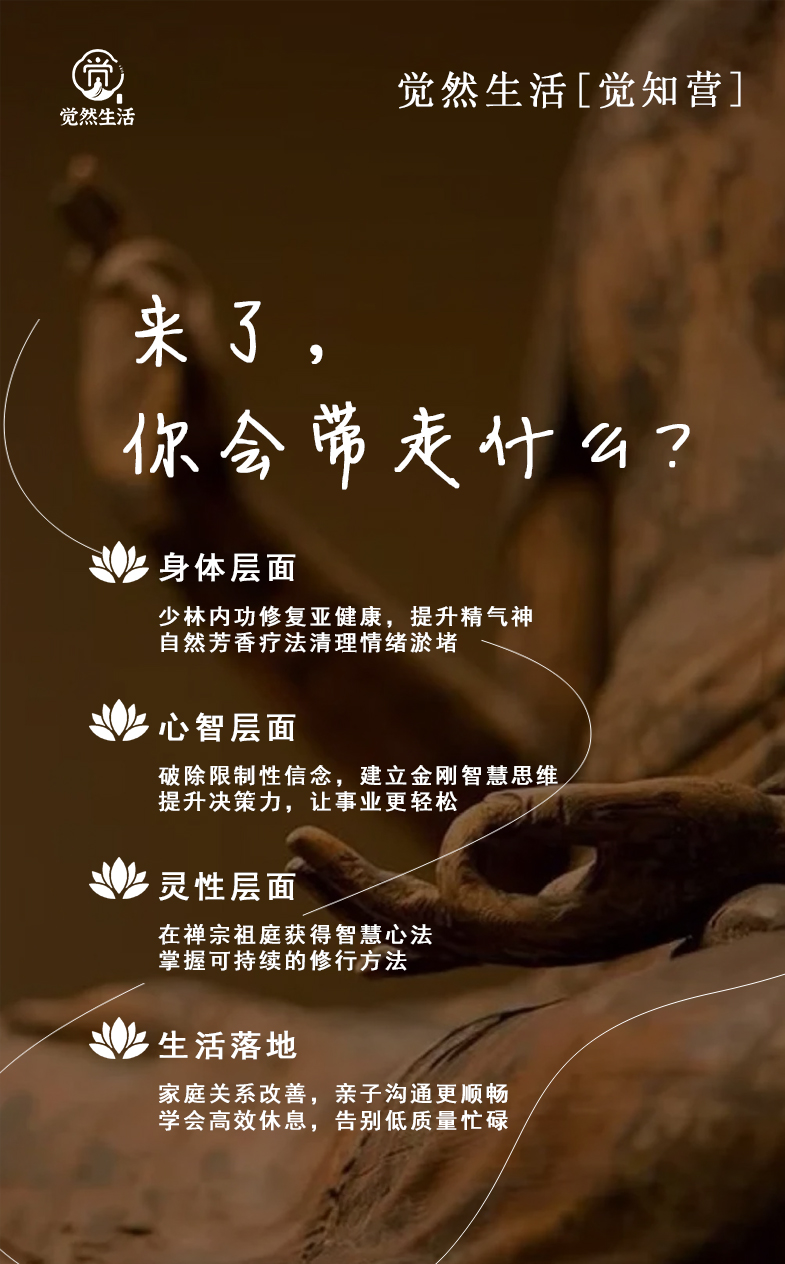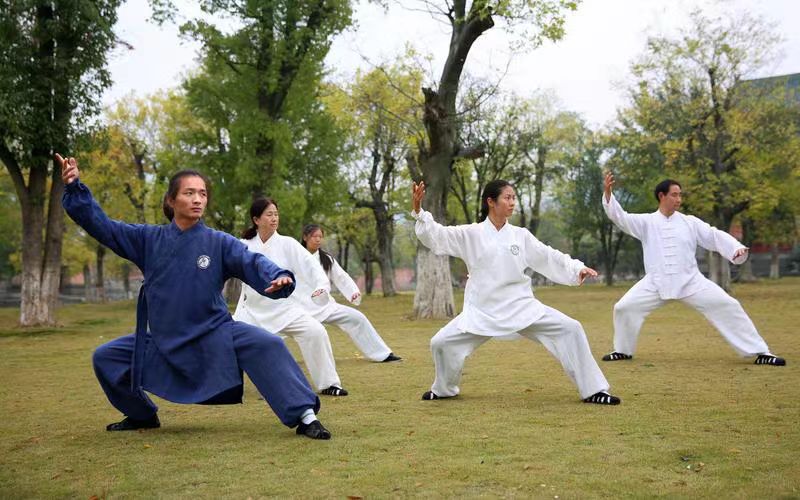Wisdom practice is a systematic practice that combines mental training, emotional management, enhanced awareness, and inner growth. Its core lies in consciously transforming wisdom into the reality of life through practice. Its benefits can be unfolded from multiple dimensions, covering personal growth, interpersonal relationships, and even social values.
—
**1. Cognitive Enhancement**
– **Breaking Thought Patterns**: By using methods such as mindfulness and introspection to become aware of automatic thinking patterns, one can reduce biases and emotional decision-making, and cultivate a more objective cognitive ability.
– **Enhancing Concentration**: Practices like meditation or mindfulness training can reshape the brain’s neural networks (scientific research has confirmed that long-term practitioners have thicker prefrontal cortices), improving working memory and sustained concentration.
– **Developing Intuition**: In a state of calm and stillness, one can transcend the limitations of logical analysis and trigger inspiration and creative thinking (for example, Einstein’s “thought experiment” approach).
—
**2. Emotion and Energy Management**
– **Emotional Resilience**: Practitioners can quickly identify the internal mechanisms of emotional arousal (such as physical reactions and thought associations) and transform negative emotions through breathing techniques or compassion meditation. For instance, “metta” (loving-kindness meditation) in Buddhism has been proven to reduce the activity of the amygdala.
– **Energy Optimization**: Daoist cultivation or yoga systems use methods such as breath regulation and visualization to adjust the autonomic nervous system, thereby improving chronic fatigue and anxiety.
—
**3. Interpersonal Relationships and Empathy Skills**
– **Deep Listening**: The awareness cultivated through practice can strip away subjective judgments and truly hear the needs of others (the practical foundation of nonviolent communication).
– **Compassion Without Attachment**: Practices such as the “Tonglen” in Tibetan Buddhism train empathy to transform into wise action, preventing emotional burnout.
—
**4. Awakening to the Meaning of Life**
– **Transcending Duality**: In the practice of meditation, experiencing the state of “no-self” (such as the enlightenment experience in Zen Buddhism), dissolving the attachment to “gain and loss” and “honor and disgrace”, and attaining inner freedom.
– **Clarifying One’s Mission**: Through introspection (such as Zhu Xi’s “investigating things to acquire knowledge”), connecting with deep-seated values, and aligning life choices with inner truth.
—
**5. Benefits from the Perspective of Empirical Science**
– **Neuroplasticity**: A Harvard study shows that eight weeks of mindfulness practice can increase the density of gray matter in the brain (in areas related to learning and memory).
– **Telomere Effect**: Long-term meditators have higher telomerase activity, suggesting a potential anti-aging effect (as reported in the 2018 study in *Oxidative Medicine and Cellular Longevity*).
– **Pain Management**: Visualization exercises can reduce pain sensitivity by 28% (as shown in the 2021 *JAMA Neurology* experimental data).
—
Practical Suggestions
– **Progressive System**: Start with 10 minutes of breathing awareness each day and gradually integrate it into daily life (such as mindful eating and pausing during communication).
– **Cross-cultural Integration**: Combine Western psychology (such as ACT therapy) with Eastern traditional wisdom (such as Wang Yangming’s “grinding oneself in the midst of affairs”).
– **Community Support**: Join a practice group or find a mentor to avoid falling into the trap of “spiritual escape”.
The essence of wisdom practice is to become a scientist of life – using oneself as the laboratory to verify the truth through rigorous practice. Its ultimate reward is not some extraordinary experience, but to live out the quality of awakening in mundane scenarios such as doing the dishes, negotiating, or suffering from illness.















